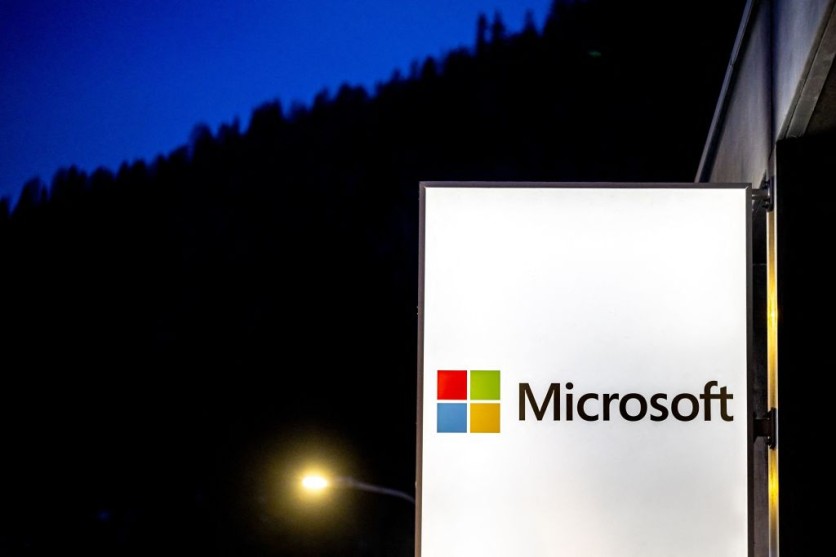
Microsoft is stepping up efforts to reduce carbon emissions from burning wood. This move shows Microsoft's increased commitment to capturing CO2 emissions from wood-based power generation.
Capturing Carbon Footprints from Burning Wood
Microsoft just announced a major deal to capture carbon pollution from a wood-burning power plant.
The company partnered with Stockholm Exergi to capture about 3.33 million metric tons of carbon emissions from a biomass power plant in Stockholm, Sweden.
This agreement, one of the largest of its kind, could have a big impact, equivalent to taking over 790,000 gas-powered cars off the road every year.
Microsoft aims to go beyond carbon neutrality by 2030 and achieve net-negative carbon emissions by 2050, effectively undoing its historical carbon footprint.
The debate continues over whether wood-burning power plants effectively combat climate change or exacerbate it.
Environmental organizations such as the Center for Biological Diversity and Friends of the Earth International have voiced skepticism, labeling the approach a "false solution."
In 2018, close to 800 scientists urged the European Parliament to cease endorsing wood as a source of bioenergy.
Exergi operates a power plant in Stockholm fueled by wood pellets and forestry waste, termed forest biomass.
Advocates view this fuel as carbon-neutral, as trees can potentially regrow to absorb the carbon dioxide emitted during combustion.
Despite being designated the European Commission's primary renewable energy source, biomass burning has been linked to deforestation in Europe and the US.
Assessing Microsoft's Carbon Capture Deal
Microsoft and Stockholm Exergi are advancing this concept by integrating technology into the power plant to capture a significant portion of its carbon dioxide emissions before they are released into the air.
This initiative aims to achieve negative emissions, wherein the amount of CO2 removed from the atmosphere exceeds the emissions produced by this energy source.
Such negative emissions technologies are increasingly favored by companies seeking to counterbalance their carbon footprint's environmental consequences.
However, an increasing volume of research indicates that the calculations may not fully support the viability of bioenergy with carbon capture (BECCS).
While devices designed to extract CO2 from smokestack emissions are effective, they cannot capture 100 percent of the carbon dioxide emitted.
Additionally, supplementary emissions stemming from deforestation and the transportation of wood for fuel exist.
Considering these factors, numerous studies have concluded that BECCS does not achieve carbon negativity as initially anticipated and may contribute to greenhouse gas emissions in the atmosphere.
Construction of the carbon capture equipment at the Stockholm power plant is scheduled to commence next year, pending Stockholm Exergi's acquisition of additional funding from other agreements and government assistance.
Once initiated, offsetting the 3.33 million metric tons of carbon dioxide outlined in the contract is expected to span a decade.
This agreement significantly validates Stockholm Exergi's carbon capture technology, underscoring the project's importance, quality, and sustainability.
CEO Anders Egelrud expressed confidence in the initiative's significance and excellence in an official press statement.
Related Article : Microsoft Taps Ocean Algae to Tackle Carbon Pollution, How?

ⓒ 2025 TECHTIMES.com All rights reserved. Do not reproduce without permission.




